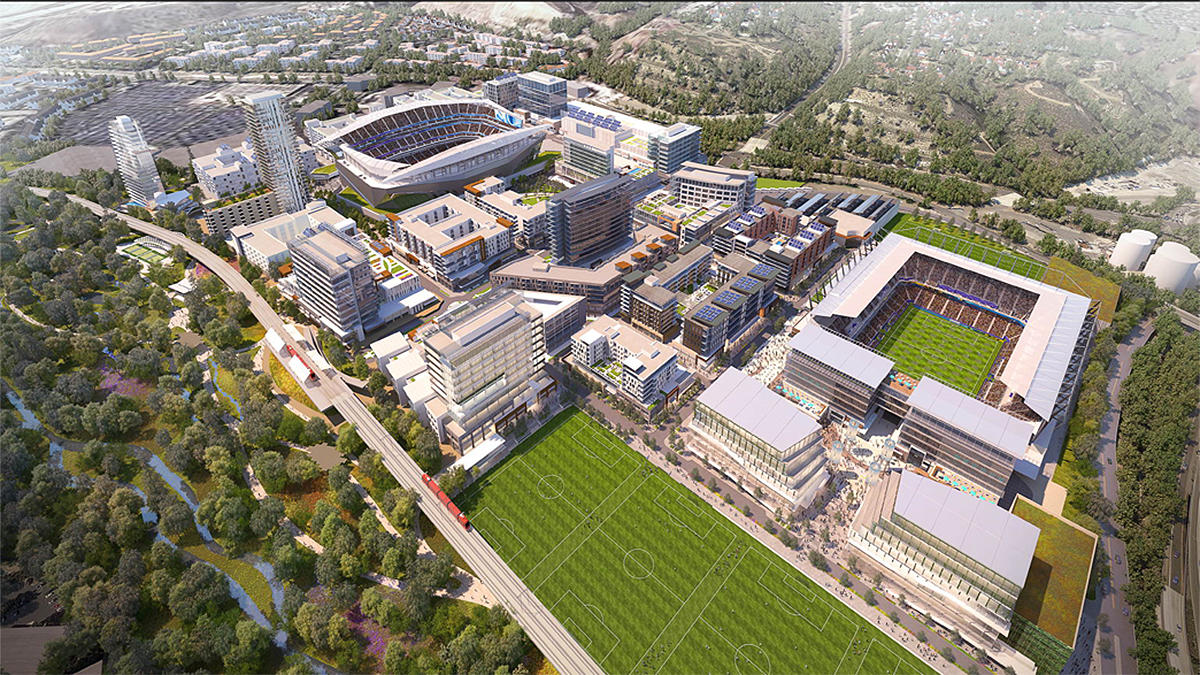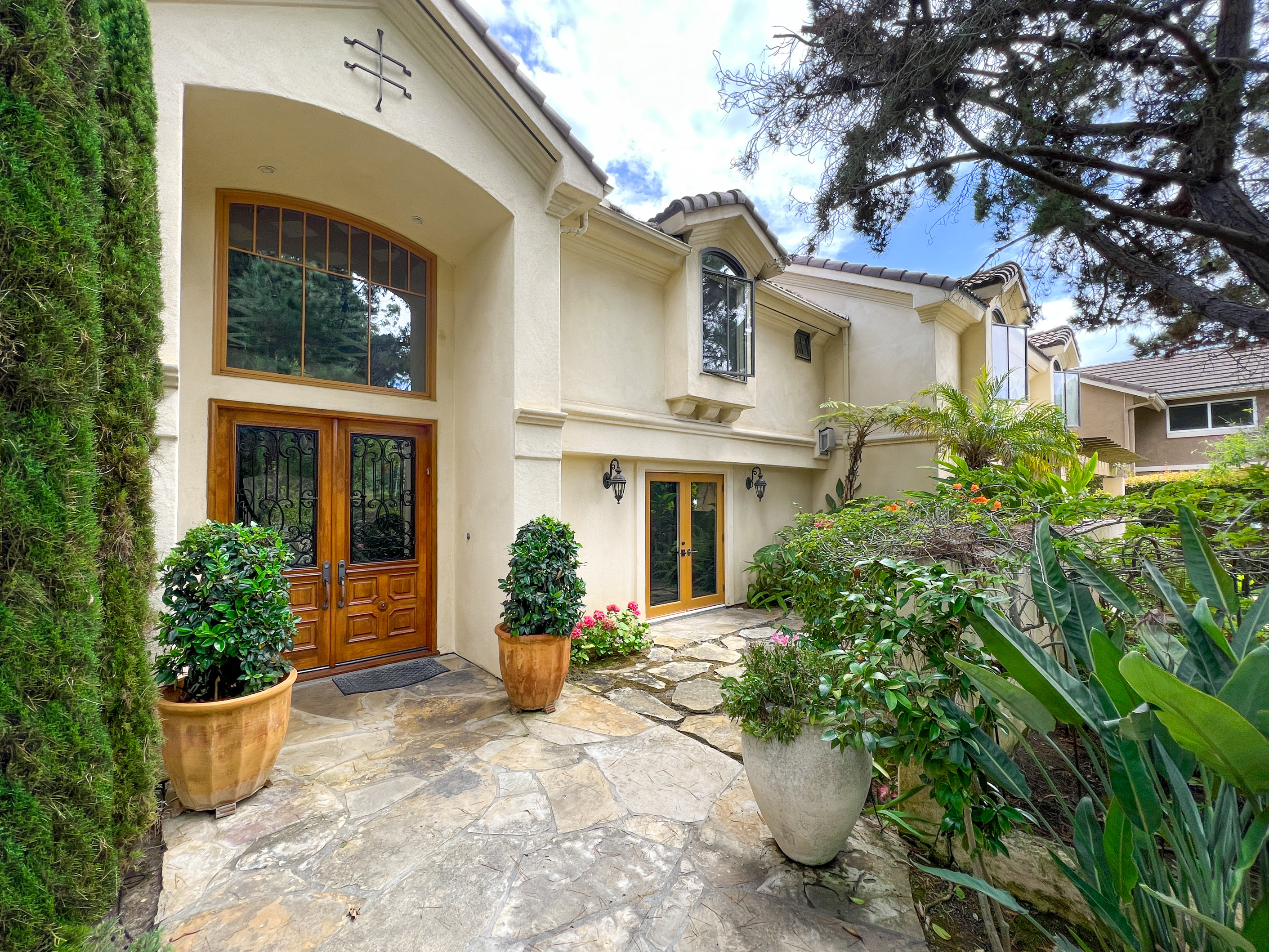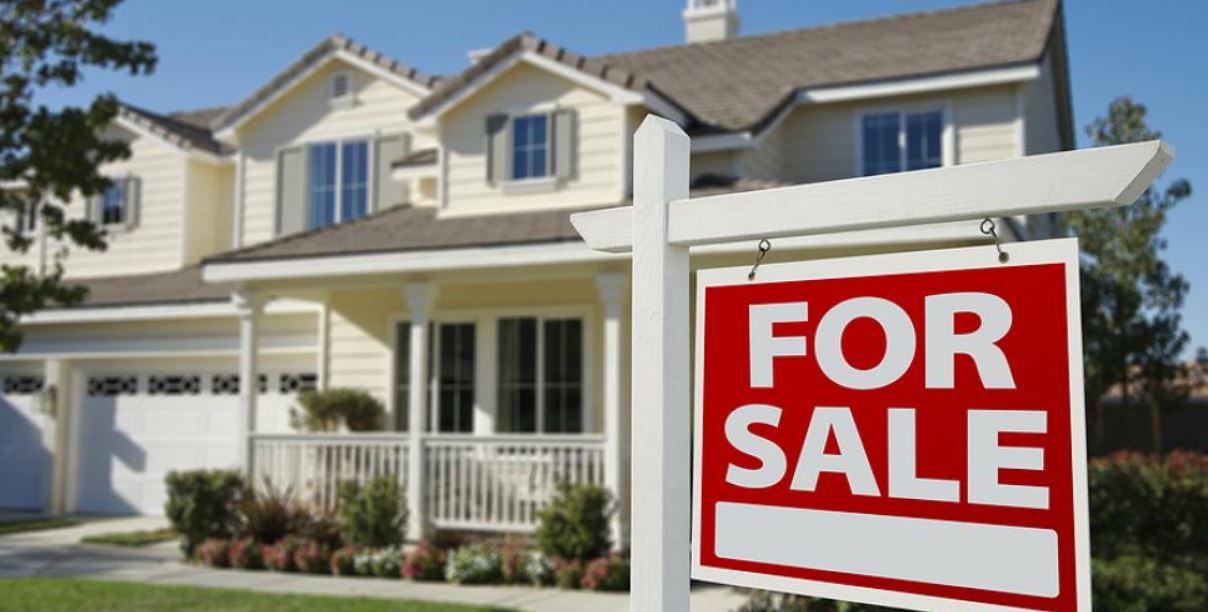Before we examine the potential SoccerCity development, let’s take a look at how we got here.
Qualcomm Stadium (originally San Diego Stadium) was built in 1967, at the time providing the city with a state-of-the-art venue. In the 50 years that have followed, not much has changed in Mission Valley. Apart from the expansion to 70,000 seats in 1998 and the absence of a baseball diamond since the Padres’ move downtown in 2003, Qualcomm – host of two MLB All-star games, two World Series, and three Super Bowls – stands virtually identical to its original state.
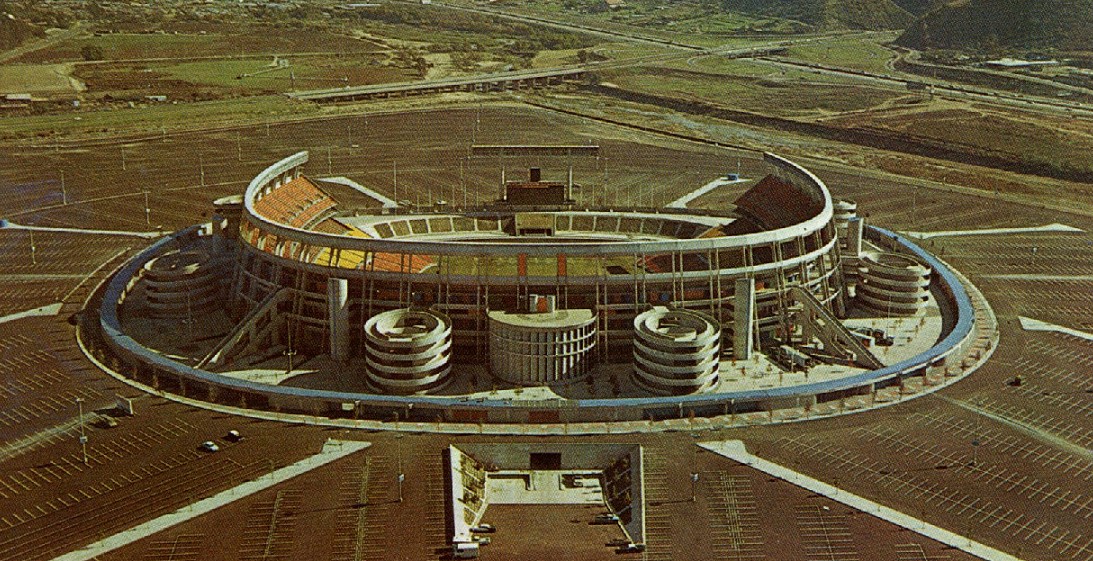
Deadball Baseball
Longtime San Diego residents became all too familiar with the struggle. For years, the Chargers demanded a new stadium be built, and for years they were rejected. As the battle dragged on, Qualcomm continued to crumble, falling far behind the standards set by modern NFL stadiums. After the final proposal was rejected last November, Dean Spanos picked his team up and moved to LA.
The decision devastated Charger fans but had local developers champing at the bit. With Qualcomm’s main tenant out of the picture, future options for the site were seemingly endless. A 166-acre parcel of land at the geographic center of one of the largest cities in the country is practically unheard of, as well as a potential gold-mine if utilized correctly.
In the months following the Chargers’ announcement, plans began to trickle in. A local investing company quickly emerged as a frontrunner. As with any large-scale development, supporters and detractors appeared, leading to a flurry of conflicting viewpoints and opinions. Let’s attempt to sort it all out by taking a look at the major players in the struggle for SoccerCity.
SoccerCity — FS Investors
By far the most thorough plan presented to the public thus far comes from La Jolla-based FS Investors. The plan revolves around luring a Major League Soccer franchise to San Diego but includes much more. The proposed development would consist of 4,800 residential housing units, 3.1 million square feet of commercial space, a 34-acre San Diego River Park, and a 20,000-30,000 seat stadium. Joint use of the stadium by San Diego State football and the potential soccer franchise would be the goal.
San Diego State University
Qualcomm’s oldest tenant, residing just three trolley stops to the east of the stadium, is San Diego State University. SDSU sits atop Montezuma Mesa, squeezing 35,000 students onto the 238-acre campus. For decades, the university has had its eye on the Mission Valley site for expansion. Attempts to work out a compromise with FS Investors recently fell through, leaving SDSU seemingly at square one. Earlier this week, the university formally requested 47-acres of the site to expand the currently constrained campus and build a larger stadium to suit the needs of their athletics program.
HG Fenton Company & Sudberry Properties
Two companies with high stakes in the Mission Valley area are in strong opposition to the SoccerCity proposal. The “Public Land, Public Vote, a coalition of San Diego taxpayers, community planners, local businesses, and education, park, and environmental advocates,” campaign was recently took hold at the city clerk’s office, with a majority of funding coming from HG Fenton and Sudberry Properties. This campaign attempts to, at the very least, slow the project down to avoid “trivializing the development process.
Now that we know who is involved, let’s take a look at the pros and cons of SoccerCity.
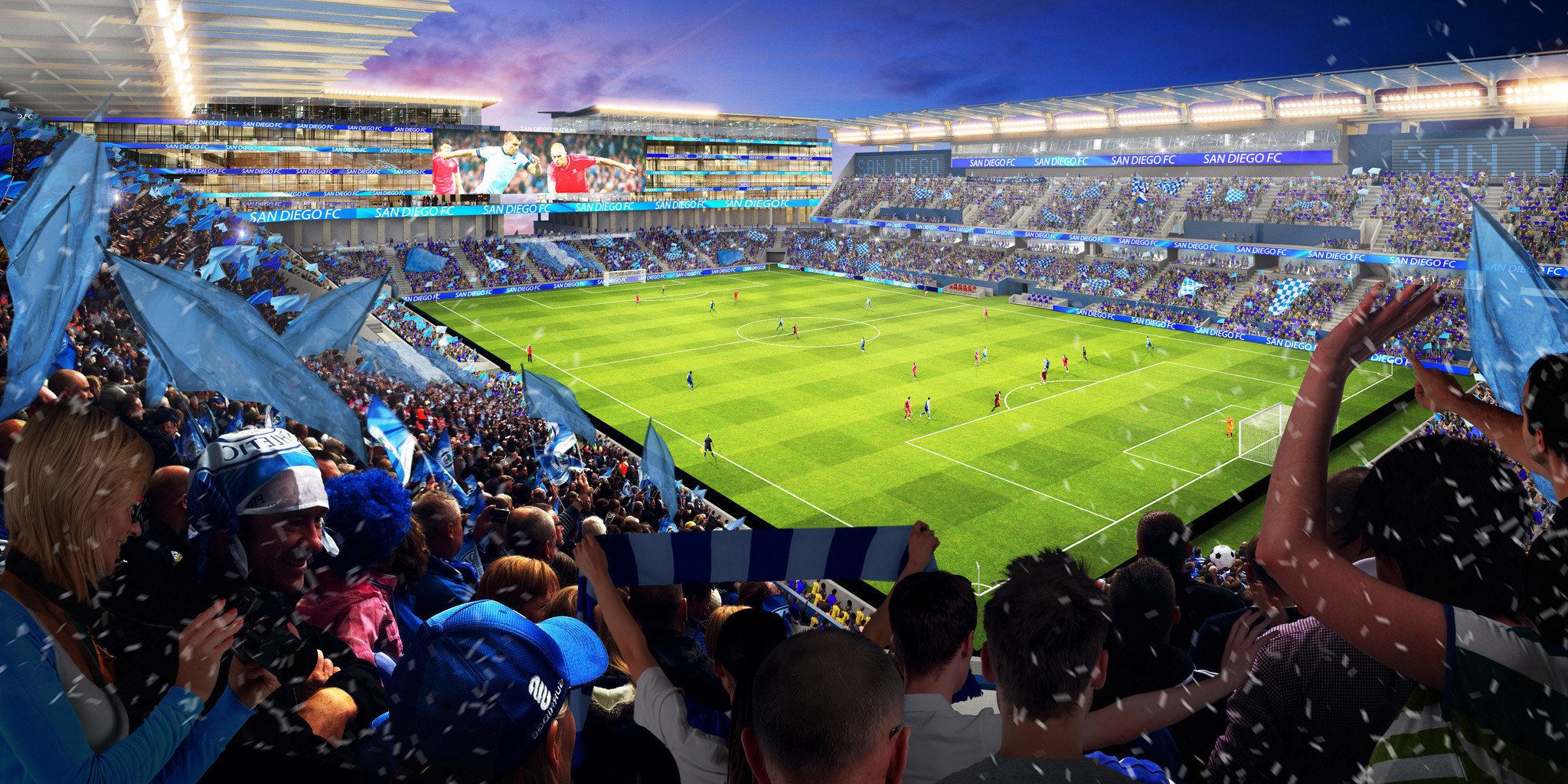
San Diego Union Tribune
We’ll start with the positives. SoccerCity would undoubtedly be a huge upgrade over the massive parking lot that currently resides in of Mission Valley. A brand new park would yield a relaxing spot to enjoy the ideal weather, 4,800 housing units would supply students and residents with affordable living in a city that desperately needs it, and a reasonably-sized stadium would provide San Diego with a state-of-the-art entertaining venue. Additionally, the new development would bring in a projected $8.2 million in tax revenue annually and provide over 25,000 jobs to the area. Furthermore, no other plan approaches SoccerCity in terms of thoroughness and current use of space.
Sounds like a win-win right? Let’s take a look at some of the negatives…
Traffic Disaster
The biggest point of contention, outside of the interests of San Diego State, is the added traffic that SoccerCity would produce in Mission Valley. The Qualcomm Stadium redevelopment would bring an estimated 70,000 additional trips to the valley daily. HG Fenton and Sudberry – who operate the two closest shopping centers – are concerned that FS Investors has not addressed traffic-related measures enough and that SoccerCity would add too much stress to an already bustling area. Fred Pierce, spokesman of the Past Presidents Council of SDSU Alumni added, “My offices are in Mission Valley. If this gets passed, I’m moving out … It’s going to be an unmitigated disaster.”
Unprecedented Project Timeline
Another issue that SoccerCity critics consistently reference is the project’s timeline. Just four months have passed since the Chargers announced their decision to move. The proposal is currently on track for a vote in a special election on November 7th. The turnaround time is necessary for SoccerCity to meet MLS expansion deadlines, but has raised red flags from many others. HG Fenton and Sudberry Properties have vehemently objected as the approval process has avoided normal environmental and community review procedures. In addition, SDUT columnist Mark Zeigler believes that FS Investors is creating urgency by, “employing scare tactics by saying [the SDSU] football team has no other stadium options.”
Misleading Language
City Attorney Mara Elliot recently added herself to the list of critics with her review of the SoccerCity proposal. A May 23rd San Diego Union Tribune article reported that her main issue, among many others, was that FS Investors “doesn’t guarantee San Diego a professional soccer stadium or a river park, and could burden taxpayers with hefty costs for environmental clean-up of the Qualcomm Stadium site.” This is very troubling, as the two main components of the redevelopment plan are contingent on a number of permits and environmental procedures.
The article continues by mentioning that if no soccer stadium is built within 7 years, the city would be able to buy back the land. What seems like a concession by FS Investors, is truly a contingency that works in their favor. Developed and occupied land would be of little value to the city. This kind of misleading verbiage is apparent throughout the proposal and is enough to make many that have thoroughly examined it nervous.
Putting the Soccer in SoccerCity
The final glaring issue with SoccerCity comes from the main selling point itself – a soccer franchise for San Diego is neither guaranteed nor especially beneficial for the city. Stone himself conceded that, “absent the soccer franchise, [FS Investors is] just like every other developer.” Why, then, is FS Investors receiving special treatment and an expedited process? If San Diego doesn’t get a team, SoccerCity is no more than another Mission Valley commercial development. If the city gets a team, they would to pay $150 million for MLS expansion costs. With that kind of payment, the city should expect to see a profitable team, right? Not so fast… MLS teams, on average, lose $7 – $8 million annually. Practically gifting an extremely valuable parcel of land to an investment group for an entity that bleeds money every year does not seem like an ideal use of resources.
Conclusion
This may seem like a scathing criticism of SoccerCity, but there is no denying one simple fact – FS Investors has a complete plan that will undoubtedly provide benefits to the city. SDSU, HG Fenton, Sudberry, and many others can oppose all they want, but the fact of the matter is none of them have anywhere near FS Investors’ current vision for the future of the site.
In my opinion, San Diego State has the most pressing need for the land. In addition, a campus expansion would present the most economically beneficial option in the long-term. According to former SDSU President Stephen Weber, 60% of graduates stay in the San Diego area. Each graduating class currently contributes approximately $6 billion to the local economy. With over 80,000 applicants in the fall of 2016, the university has a chance to grow this number dramatically. This would allow the university to pursue its goal of becoming a top 50 research institution. This is only possible if they can expand their borders to Mission Valley.
However, none of that means much at this point. FS Investors has the plan, the resources, and the wherewithal to capitalize on this once-in-a-lifetime opportunity. The choice will ultimately come down to the decision of the voters, but one thing is certain – if SoccerCity becomes a reality, FS Investors will have earned it and SDSU will have no one to blame but themselves.

